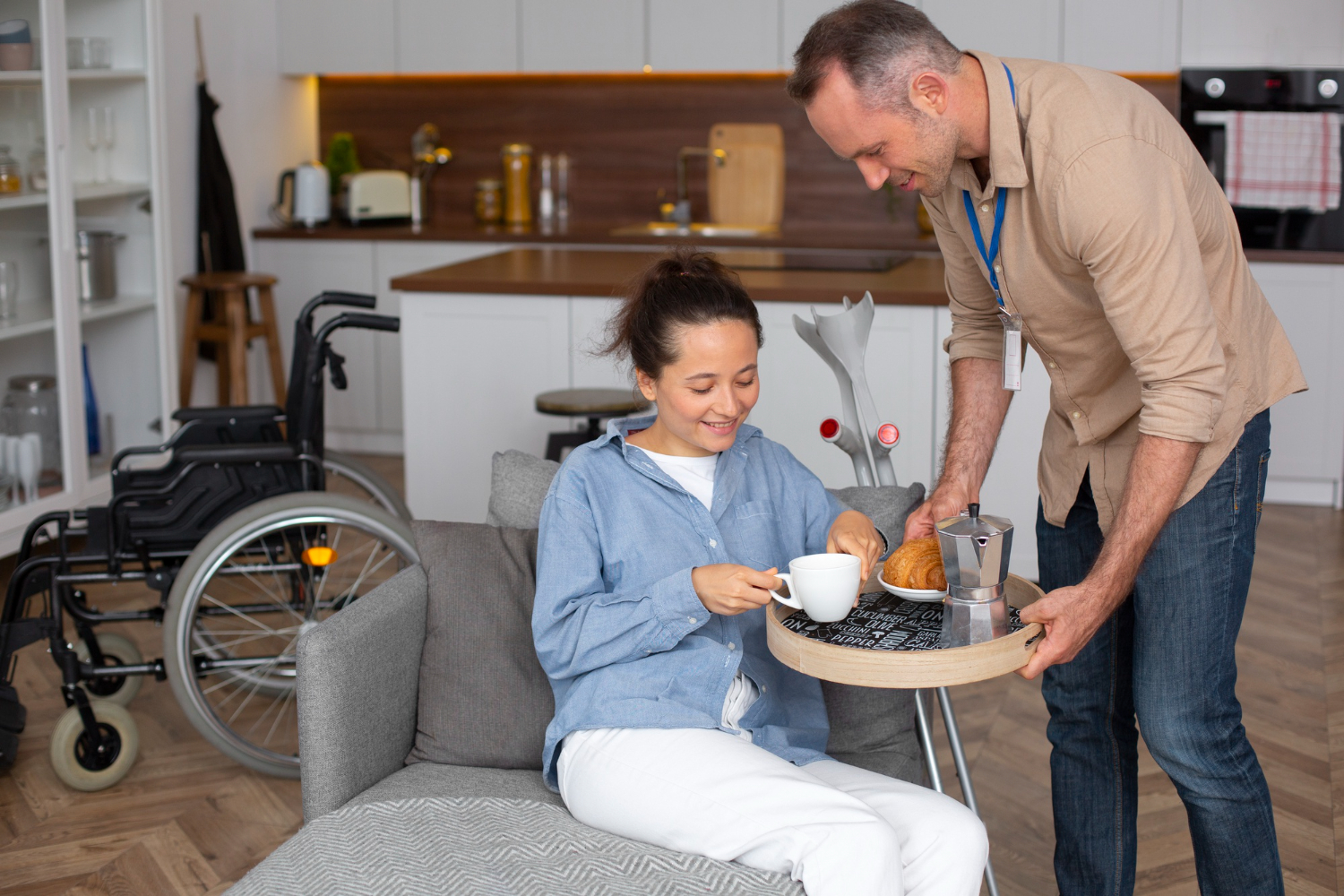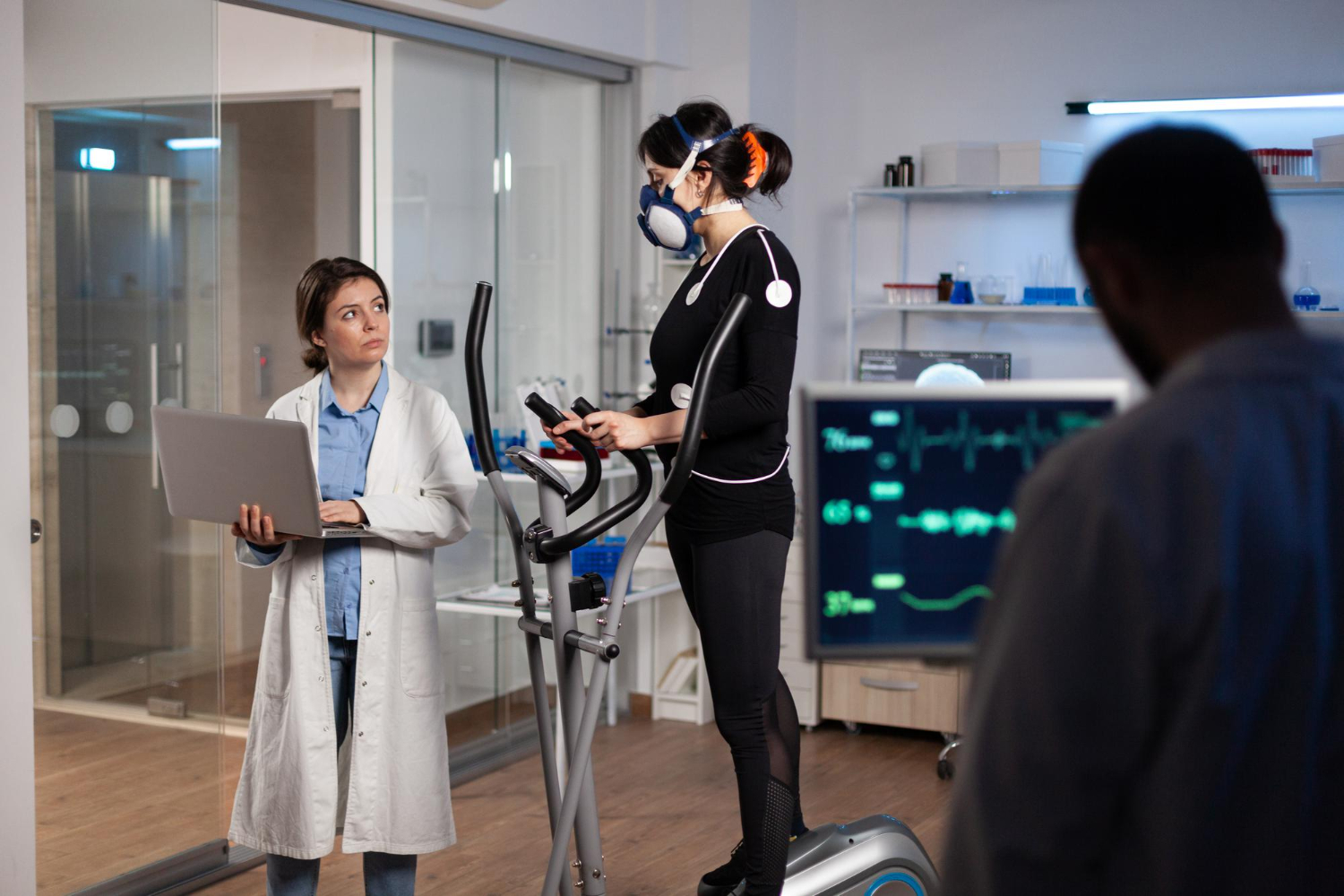If you have ever tried to teach someone how to care for an elderly person, you know that no amount of reading can replace real-life experience. But what if you could give trainees hands-on experience without putting real patients at risk? That is exactly where Training Simulation AI and Virtual Reality come in.
Across Australia, caregiver training is evolving, and artificial intelligence (AI) is taking center stage. With systems like Governa AI, trainers and healthcare administrators can now offer more realistic, adaptable, and data-driven education. The result? Caregivers who are more confident, skilled, and ready to handle real-world care challenges.
Let us walk through how this technology is changing aged care training, what it means for your organization, and how you can start adopting it today.
Why Traditional Caregiver Training Needs an Upgrade
Training new caregivers has always been tricky. You can hand them textbooks, run them through role-playing exercises, or supervise them in clinical settings—but each method has its gaps.
Textbooks do not show how a patient might react in distress. Role-playing can feel awkward and unrealistic. And real-life training often means risking patient comfort or safety while the trainee learns.
That is where Training Simulation AI steps in. It provides the missing link—safe, realistic, and repeatable training experiences that help caregivers practice their skills before they enter real-world care environments.
Think of it as a virtual driving school, but instead of parallel parking, you are learning how to calm an anxious dementia patient or assist someone with limited mobility.
How Training Simulation AI Works
You might wonder, how does AI actually help someone learn to care for others? The answer lies in a blend of smart technology and immersive experiences.
Training Simulation AI combines:
- Artificial intelligence, which tailors each learning experience to the trainee’s performance.
- Virtual Reality, which creates realistic caregiving environments where trainees can practice safely.
- Data analysis, which tracks progress, highlights weak spots, and measures improvement over time.
For instance, an AI-powered simulator can assess how a caregiver communicates with a virtual patient. If the caregiver fails to respond appropriately to a patient showing signs of confusion, the system provides feedback in real time. It might suggest better communication methods or display the emotional impact of the caregiver’s response.
This kind of immediate, objective feedback is hard to achieve in traditional classrooms. With AI in Aged Care, training becomes more personal, measurable, and effective.

The Benefits for Trainers and Administrators
If you are responsible for caregiver education or healthcare workforce management, adopting Training Simulation AI offers several practical advantages.
1. Consistency in Training
Traditional training often depends on the instructor’s teaching style or available resources. With AI simulations, every trainee receives the same standard of education, ensuring fairness and consistency.
2. Real-Time Feedback
AI does not wait for the end of the session to grade performance. It gives instant insights, helping trainees correct mistakes immediately—just like having a patient who can talk back and teach at the same time.
3. Safe Learning Environments
Mistakes in caregiving can have serious consequences. Simulation training allows learners to make errors without harming anyone. It is a safe sandbox where practice really does make perfect.
4. Scalable and Cost-Efficient
Once implemented, simulation-based training can be reused countless times. There is no need to set up physical labs or coordinate patient volunteers. For large institutions or aged care facilities, this means lower operational costs and easier scheduling.
5. Improved Data for Policy and Planning
AI systems like Governa AI can collect and analyze performance data across trainees. This helps administrators identify skill gaps, adjust training programs, and meet national care standards.
AI in Aged Care: The Australian Perspective
Australia’s aged care sector faces a growing demand for skilled caregivers. With an aging population and workforce shortages, there is pressure to train staff quickly while maintaining high standards.
This is where AI in Aged Care—as offered by platforms like Governa AI—plays a key role. It supports institutions by providing structured, data-driven learning systems that make training both efficient and reliable.
Virtual and AI-powered simulations help trainees understand complex scenarios, such as dementia care, patient mobility assistance, or medication management, all within realistic virtual environments.
Government agencies and training bodies are also showing increasing interest in simulation-based education as part of Australia’s push toward modernized aged care practices.
The Role of Virtual Reality in Caregiver Education
Virtual Reality (VR) used to be a novelty—something you would find in gaming arcades. Today, it is one of the most practical training tools in healthcare.
By immersing caregivers in realistic 3D environments, VR lets them experience patient care situations that textbooks can only describe. For example, a VR simulation might place you in a virtual care home, where you must assist a resident who suddenly becomes dizzy or distressed.
You are not just reading about what to do—you are doing it. And if you make a mistake, you can replay the scenario and try again until you get it right.
Pair that with Training Simulation AI, and you get a learning tool that adapts to your responses, increasing difficulty as you improve. It is like having a coach who knows exactly when to challenge you and when to slow things down.
AI and Ethics: Training with Compassion
When dealing with caregiving, empathy is as important as technical skill. Thankfully, AI can support both.
Training simulations can be programmed to test not just your actions but also your tone, patience, and communication skills. For instance, if you raise your voice at a virtual patient showing signs of confusion, the AI can flag that response and suggest calmer communication techniques.
This helps reinforce empathy as a measurable skill—something often overlooked in traditional training but essential in aged care.
Challenges to Consider
While Training Simulation AI offers many benefits, there are still some challenges to address:
- Initial Costs: Setting up VR and AI systems requires investment in equipment and software.
- Technical Skills: Trainers and trainees may need time to adapt to using digital systems.
- Internet and Hardware Requirements: Rural or underfunded facilities may face connectivity issues.
However, as technology becomes more accessible, these barriers are slowly shrinking. Many Australian organizations are already incorporating hybrid training programs that combine virtual and in-person instruction.
The Future of Training Simulation AI in Australia
Looking ahead, AI-driven training will likely become standard in aged care education. As systems like Governa AI continue to evolve, they will offer even more accurate simulations and smarter performance analytics.
We may soon see AI-powered assessments that automatically certify certain caregiver competencies or suggest personalized training plans based on individual progress.
For you as a trainer, developer, or policymaker, adopting these tools now means preparing your workforce for the future. The earlier you integrate AI-driven training, the more adaptable and capable your caregivers will be.

How to Get Started with Governa AI
If you are considering implementing Training Simulation AI in your program or facility, Governa AI provides the framework and tools to make it possible.
Their platform focuses on AI in Aged Care, helping institutions design training programs that reflect real caregiving challenges while collecting actionable insights.
By using simulation-based AI technology, you can improve learning efficiency, reduce risks, and ensure that every trainee gains the skills needed to provide high-quality care.
Take the Next Step
AI and simulation are not just futuristic ideas—they are practical tools reshaping caregiver education in Australia today. If you want to improve how your team learns, it might be time to bring Training Simulation AI into your programs.
Visit Governa AI to learn how AI in Aged Care can help your institution build a stronger, more capable caregiving workforce.
Because at the end of the day, training caregivers should not be about guessing. It should be about giving them every opportunity to learn, grow, and care—confidently and compassionately.










